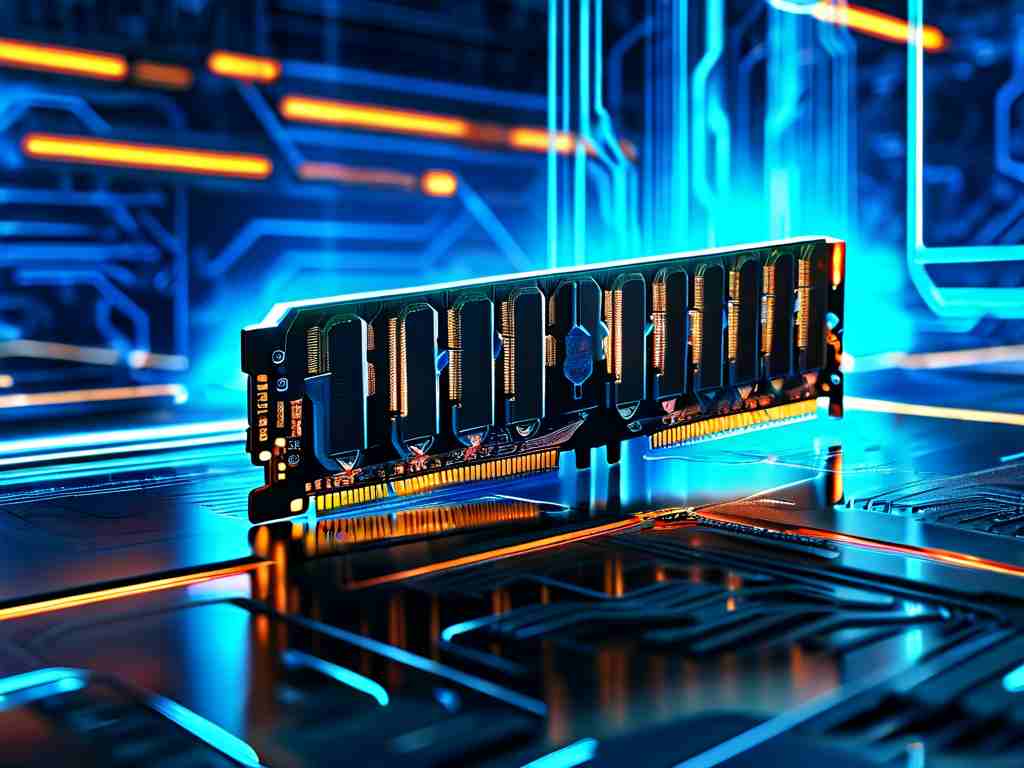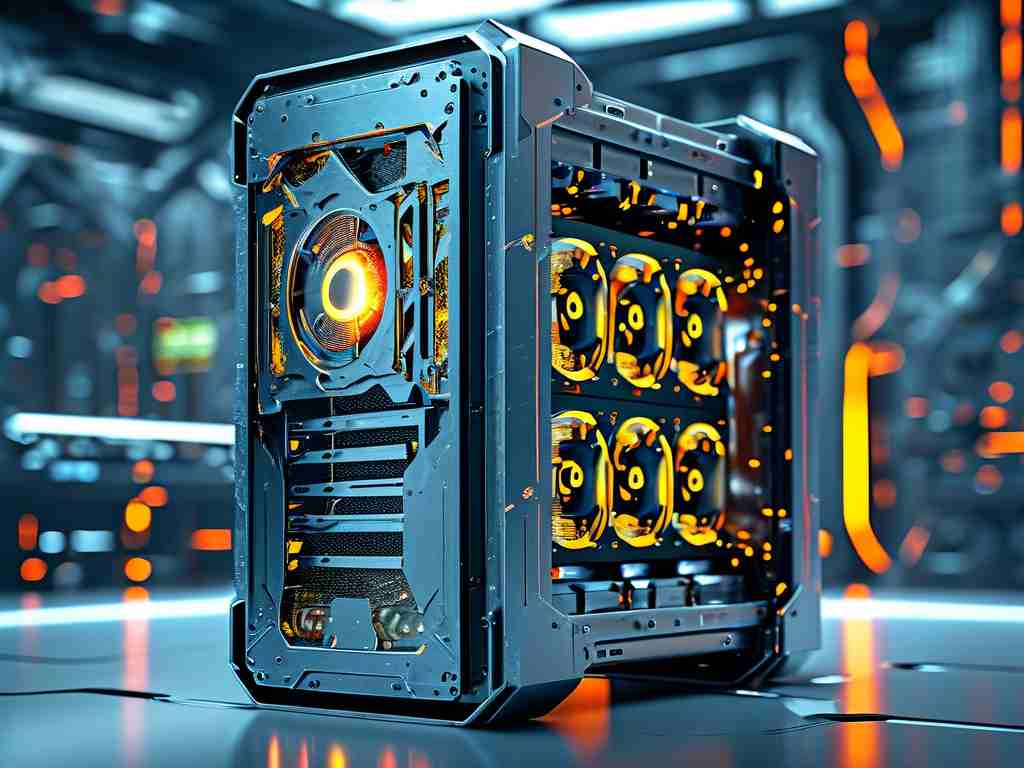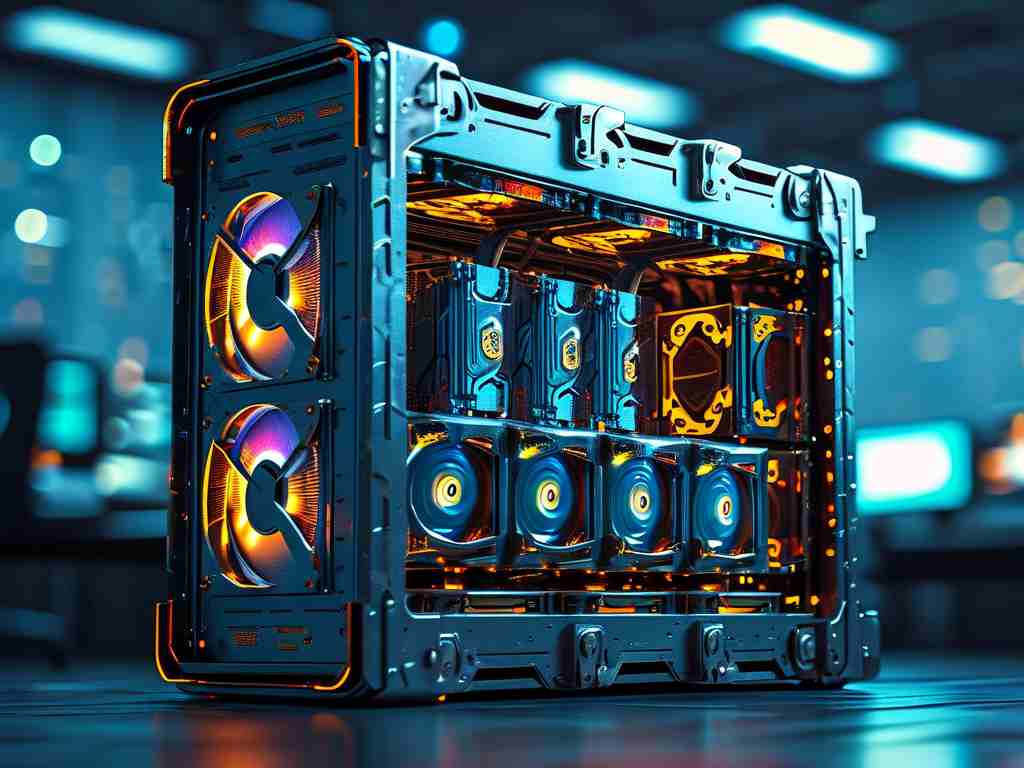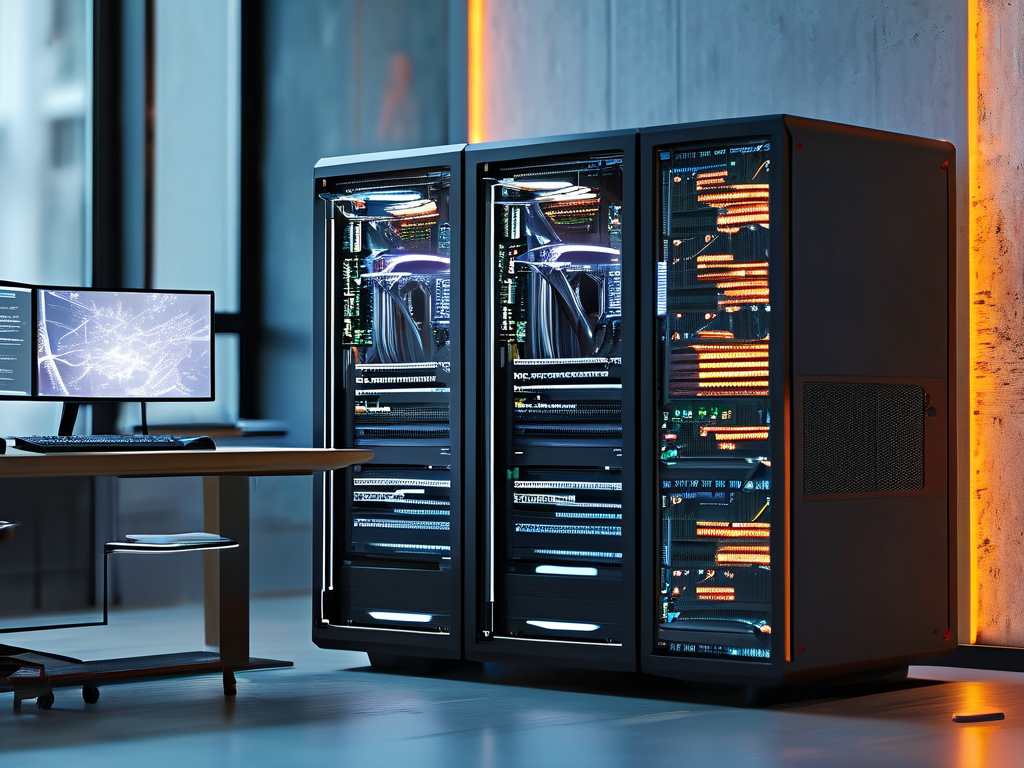When tackling computationally demanding tasks like artificial intelligence training, 3D rendering, or scientific simulations, selecting the right memory modules becomes critical. These workloads require not only raw processing power but also memory solutions that can handle massive data transfers with minimal latency. Below, we explore several memory modules specifically designed for heavy computational requirements.

One standout option is the Crucial DDR5 Pro Series. Engineered for enterprise-grade servers and high-end workstations, these modules support data transfer speeds up to 6,400 MT/s while maintaining stable performance under sustained loads. Their advanced thermal management system uses aluminum alloy heat spreaders to dissipate heat efficiently, making them ideal for prolonged computational tasks.
For users seeking extreme bandwidth, the Kingston FURY Renegade DDR5 lineup offers speeds reaching 7,200 MT/s. These modules incorporate on-die ECC (Error-Correcting Code) technology, which detects and corrects data corruption in real time—a vital feature for scientific simulations where even minor errors can compromise results. The aggressive latency timings (CL36) ensure rapid response times for latency-sensitive applications like real-time financial modeling.
Another contender is the G.Skill Trident Z5 RGB DDR5 series, which balances speed with aesthetics. While its 7,200 MT/s transfer rate matches competitors, its proprietary cooling solution combines a nickel-plated copper layer with RGB lighting that adapts to temperature changes. This dual-purpose design appeals to both professional users and enthusiasts running complex machine learning algorithms or 4K video editing workflows.
In the realm of ECC memory, the Micron DDR4 3200MHz ECC RDIMM stands out for data integrity. These server-oriented modules support x4 chip architecture, enhancing error correction capabilities for mission-critical applications like genomic sequencing or climate modeling. With a maximum capacity of 128GB per module, they enable systems to manage vast datasets without frequent memory swapping.
Corsair’s Dominator Platinum DDR5 series takes a different approach with its DHX cooling technology. By separating the heat spreader from the PCB using a conductive baseplate, these modules maintain lower operating temperatures during extended computational bursts. Their adjustable voltage profiles (1.1V–1.5V) allow fine-tuning for specific workloads, whether running fluid dynamics simulations or training neural networks.
When selecting memory for intensive tasks, consider these technical factors:
- Capacity: 64GB+ per module for handling large datasets
- Speed: DDR5-6000 or higher for bandwidth-hungry applications
- Latency: CL40 or lower for real-time processing
- Cooling: Active or passive thermal solutions for sustained performance
- Compatibility: QVL (Qualified Vendor List) validation for system stability
Industry benchmarks reveal that upgrading from DDR4-3200 to DDR5-6400 can yield up to 28% faster data processing in machine learning pipelines. However, real-world gains depend on workload optimization—memory-intensive tasks like ray tracing benefit more from speed improvements than CPU-bound processes.
For developers working with CUDA or OpenCL, pairing high-speed memory with GPU compute capabilities creates a synergistic effect. NVIDIA’s DGX systems, for instance, utilize Samsung’s 512GB DDR5 LRDIMMs to feed data to multiple GPUs simultaneously, reducing bottlenecks in large-scale AI training.
Emerging technologies like CXL (Compute Express Link) promise to revolutionize memory architectures further. Modules like the SK Hynix CXL 2.0 Expansion Memory demonstrate how attachable memory pools can scale capacity beyond traditional DIMM limitations—a game-changer for exascale computing projects.
In , choosing the right memory for compute-heavy workloads involves balancing speed, capacity, and reliability. Whether optimizing a render farm or building a research cluster, modules like the Crucial DDR5 Pro or Kingston FURY Renegade provide the foundation for pushing computational boundaries. Always verify compatibility with your motherboard and prioritize thermal management to ensure sustained performance.









